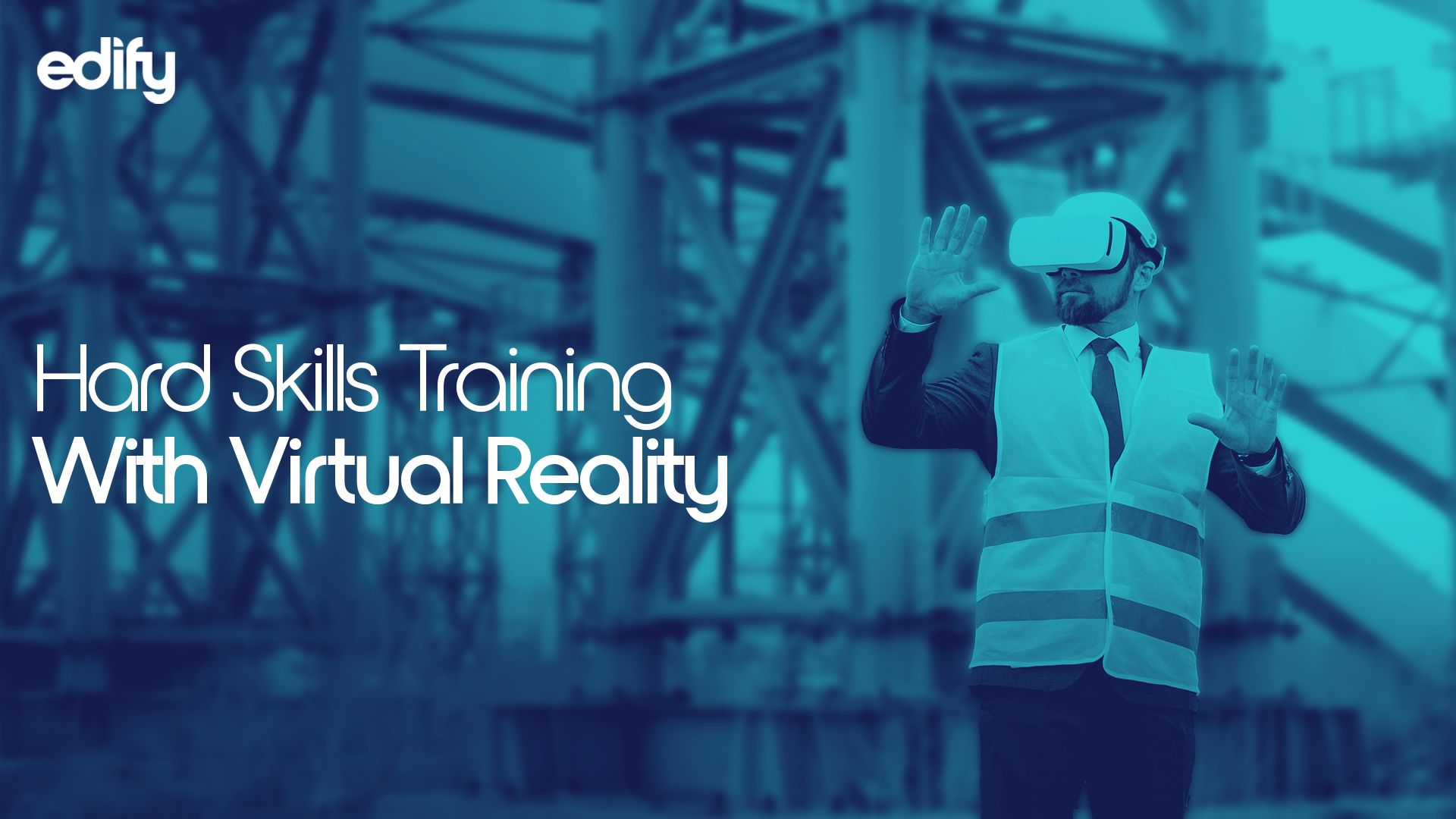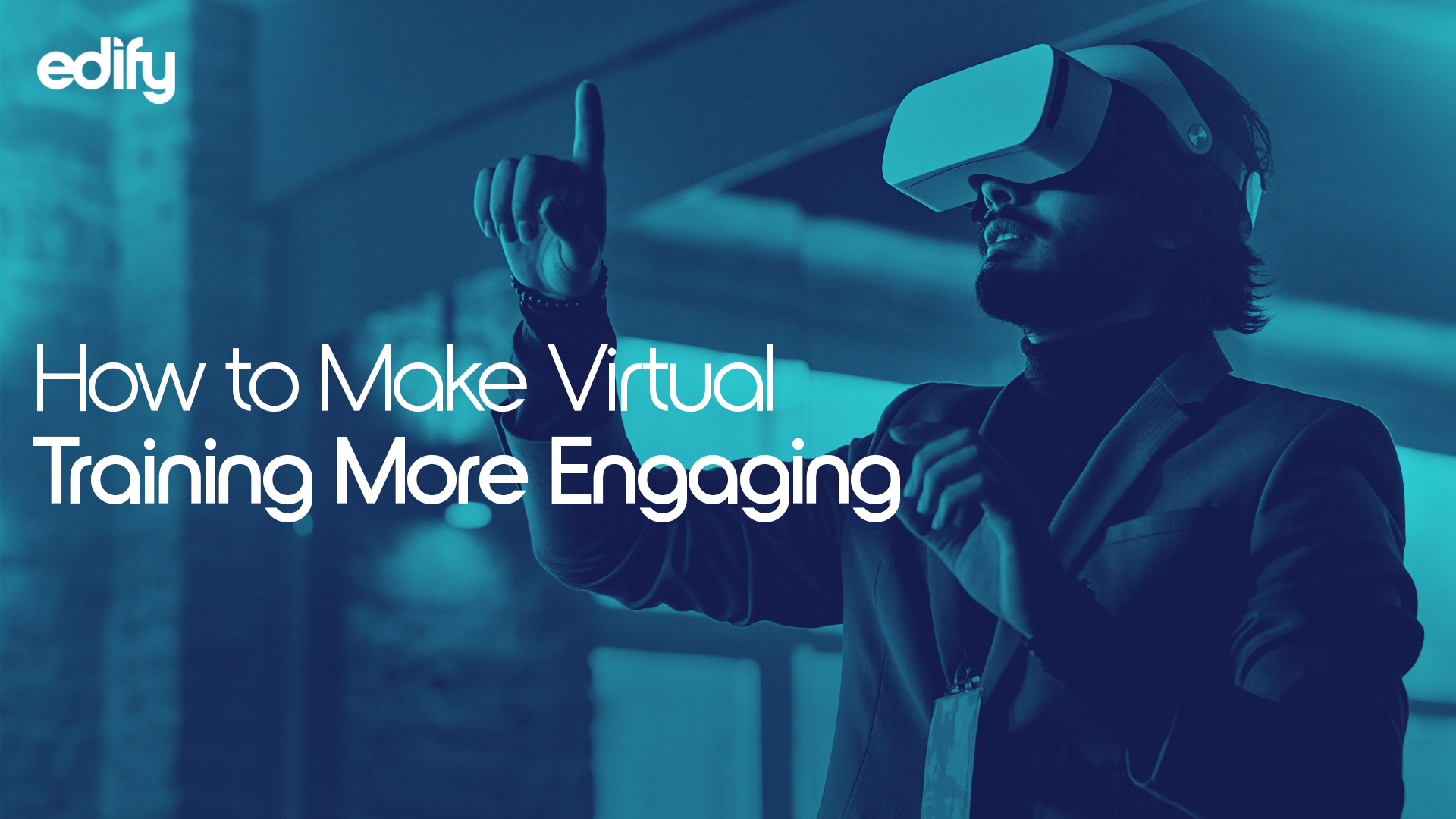Virtual reality without a VR headset? It can be done!
Virtual reality, without a VR headset?
If you hear the words 'virtual reality' the first image that pops into your head is probably of an immersive world... or of someone in the real world wearing a VR headset. However, what's interesting is that you don't necessarily need a VR headset to access virtual reality. In fact, you can stream virtual reality experiences over platforms such as Zoom and Microsoft Teams. You can even access virtual reality on your own device. It's all a result of an exciting new development known as VR-by-Proxy.
What is VR-by-Proxy?
VR-by-Proxy was developed by Dr Neil McDonnell, the Lord Kelvin-Adam Smith Fellow in Virtual and Augmented Reality at the University of Glasgow. The technology enables users to access virtual reality experiences via desktop and mobile devices. This unlocks the power of immersive technology for users who do not have access to a traditional VR headset and, as a result, means that those barriers to entry when it comes to virtual reality are no longer there.
Dr McDonnell describes the technology as a “window into a VR world” and he was recently awarded a prestigious Royal Society of Edinburgh medal for his work developing VR-by-Proxy.
How has VR-by-Proxy been used?
Dr McDonnell developed VR-by-Proxy as a response to the challenges of teaching at a university during the pandemic. But the technology has a number of applications both in higher education and in enterprise settings, too.
One example of how VR-by-Proxy has been used is the University of Glasgow's virtual Disease Diagnostics Laboratory. In the Disease Diagnostics Laboratory, biosciences students can practise complex or challenging laboratory skills in a virtual space.
The virtual laboratory allows students to learn by doing in a safe and secure environment: there are no bottlenecks around the availability of equipment or concerns around safety. And VR-by-Proxy opens up this training opportunity to the maximum number of students, by allowing students to access the lab using their own devices.
.png)
VR-by-Proxy has also been used in the arts and heritage sector. Burns Beyond Reality was created in collaboration with University of Glasgow lecturer Pauline Mackay and the Centre for Robert Burns Studies and is a unique celebration of Scotland’s national poet and literary heritage.
Burns Beyond Reality presented a unique VR exploration of ‘Tam o’ Shanter,’ one of Robert Burns’ most loved poems. It was shared with over 800 people from around the globe on Robert Burns Day using VR-by-Proxy, enabling attendees to experience Burns’ poetry like never before.
What is the potential of VR-by-Proxy?
We've seen how 'VR over Zoom' can be used in the higher education sector. But what about in the world of work?
As a technology that brings the power of virtual reality to a wider audience, VR-by-Proxy has the potential to unlock a wealth of benefits for global organisations and corporate training. One particularly exciting area for growth is in Environmental, Social and Governance (ESG) training.
The challenges of ESG strategies are connecting stakeholders to something that isn’t right in front of them. For many, this requires a cognitive leap too far. As a technology that creates presence, embodiment and immersion, VR can amplify the impact and emotional engagement of ESG training.
VR-by-Proxy has four key benefits that make it an ideal medium for ESG training.
1. VR is more engaging than traditional training methods
Whether it’s the climate crisis or diversity, equity, and inclusion initiatives, it can be hard to grasp the scale of problems that ESG strategies speak to. It’s harder still to teach staff and stakeholders about these strategies and secure their buy-in. Asking employees to visualise the future impact of a sustainability strategy, for example, isn't easy.
This is where virtual reality adds value. It shows, rather than tells. Rather than simply telling learners about the impacts of climate change, for example, VR provides an impactful medium to show learners how the world might change. It brings the strategy to life and enables stakeholders to see what a policy or initiative could actually do.
VR-by-Proxy makes virtual reality's value proposition even more effective, as it expands the reach of the immersive learning experience.
2. VR-by-Proxy is environmentally-friendly
There’s no use in an ESG training solution with a negative environmental impact. Classroom training that requires an entire cohort of learners and trainees to make their way to a training session at a specific location is expensive and potentially has a high carbon footprint, something businesses may want to avoid.
Virtual reality can reduce travelling time and the carbon footprint associated with classroom training, but conventional VR still requires specialist equipment. This is not true of VR-by-Proxy, which is accessible using devices such as laptops, tablets, and even smartphones.
This makes VR-by-Proxy an eco-conscious option for training large cohorts of staff.
3. VR-by-Proxy is global
In addition to being more environmentally-friendly than both classroom learning, VR-by-Proxy could ensure that learners across the globe can benefit from the same training experience.
The key benefit of this is that training – unlike in-person training – does not have to be limited by location or hampered by a lack of suitable trainers locally. Nor does it depend on the availability of VR equipment in a given location. It means that organisations can create standardised learning experiences that can be deployed and scaled globally.
Not only is VR-by-Proxy is more accessible than classroom-based learning but, for worldwide organisations, it enables colleagues to connect and learn together.
4. VR-by-Proxy is an equitable solution
It follows from this that VR-by-Proxy is an equitable training solution. VR-by-Proxy allows the maximum number of learners to benefit from the best training available, regardless of their physical location or access to specialist equipment.
The technology ensures that the best and most impactful training experiences which use VR technology are available to everyone. Increased and more equitable access to training builds critical buy-in and alignment towards ESG goals.
This means that the business using VR-by-Proxy for ESG training can benefit from a better-trained workforce. And, in turn, this means that society at large can benefit from businesses that implement ESG strategies effectively.
Would you like to learn more about VR-by-Proxy and how the technology can help your business? Contact Edify to book a no-obligation demo from one of our specialists today.











